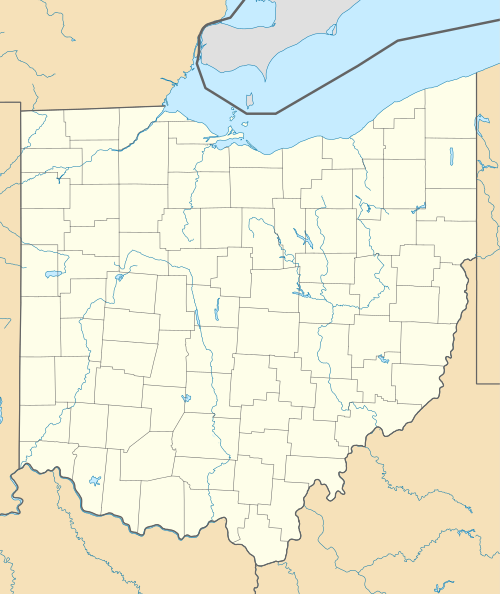Colleges and universities
University main campuses
University regional campuses
Central State, Cleveland State, NEOMED, Shawnee State, Toledo, and Youngstown State do not have regional campuses, although Youngstown State is in the process of launching a satellite campus in Steubenville, Ohio due to financial difficulties with Eastern Gateway Community College, [6] the latter of which shut down in 2024. [7]
- Bowling Green State University
- Kent State University
- Miami University
- Ohio University
- Ohio University Chillicothe
- Ohio University Eastern
- Ohio University Lancaster
- Ohio University Southern
- Ohio University Zanesville
- Ohio State University
- University of Akron
- Medina County University Center
- University of Akron Wayne College
- University of Akron Lakewood
- University of Cincinnati
- Wright State University
Community and technical colleges
- Belmont College - St. Clairsville and Cadiz
- Central Ohio Technical College - Newark
- Cincinnati State Technical and Community College - Cincinnati
- Clark State College - Springfield, Beavercreek, and Bellefontaine
- Columbus State Community College - Columbus
- Cuyahoga Community College - Cleveland
- Edison State Community College - Piqua
- Hocking College - Nelsonville
- Lakeland Community College - Kirtland
- Lorain County Community College - Elyria
- Marion Technical College - Marion
- North Central State College - Mansfield
- Northwest State Community College - Archbold
- Owens Community College - Toledo and Findlay
- Rhodes State College - Lima
- Rio Grande Community College (See University of Rio Grande) - Rio Grande
- Sinclair Community College - Dayton and Mason
- Southern State Community College - Hillsboro and Mount Orab
- Stark State College - North Canton, Akron
- Terra State Community College - Fremont
- Washington State College of Ohio - Marietta
- Zane State College - Zanesville
